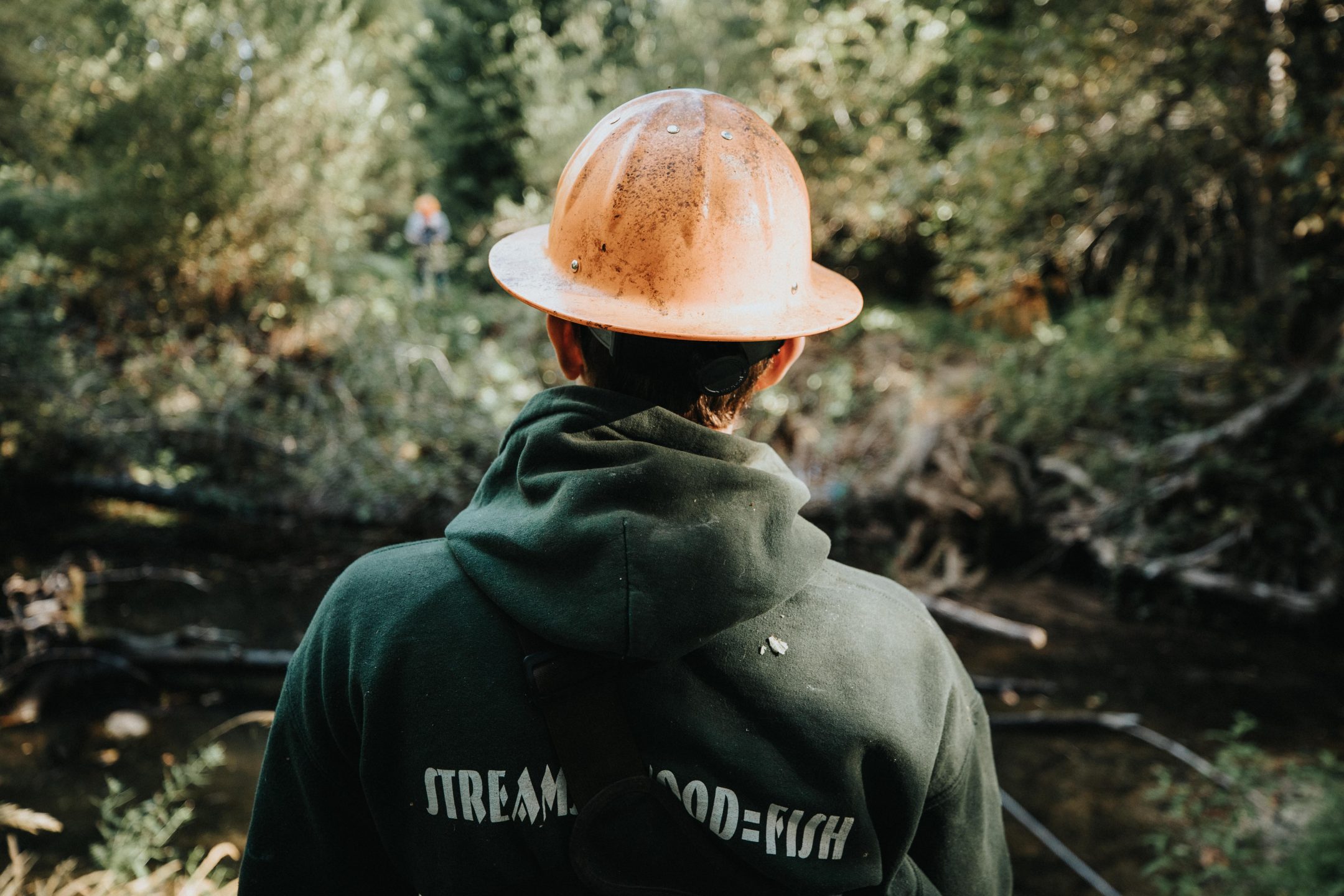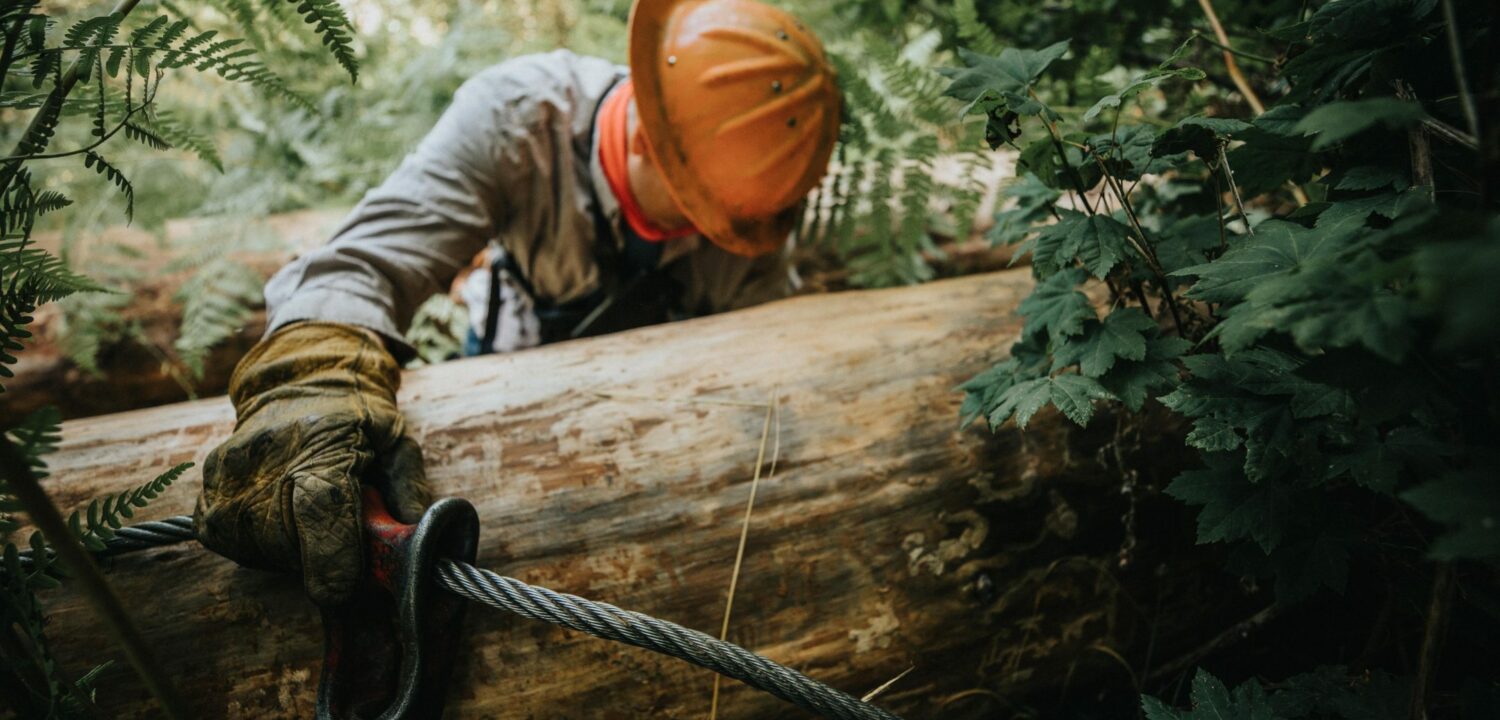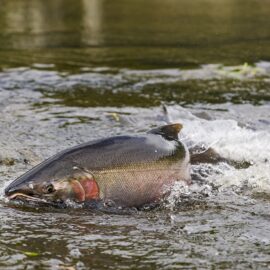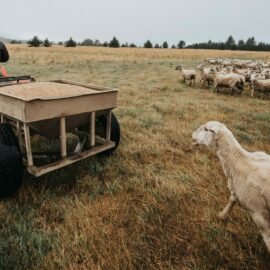High up on a Rogue River tributary in Oregon, timber companies find that stream restoration connects private interests and long-term benefits.
Between Southern Oregon’s Umpqua and Rogue-Siskiyou National Forests, a broad swath of high-value forest is cut up into checkerboard grids. Mile by mile, ownership switches: public, private, public, private.
These are the O&C lands, carved up in a complicated arrangement that dates back to the railroad boom of the late 19th century. It’s fascinating history, says Dr. Tim Elder, Wild Salmon Center’s Southwest Oregon Program Manager. But it can make conservation work tricky.
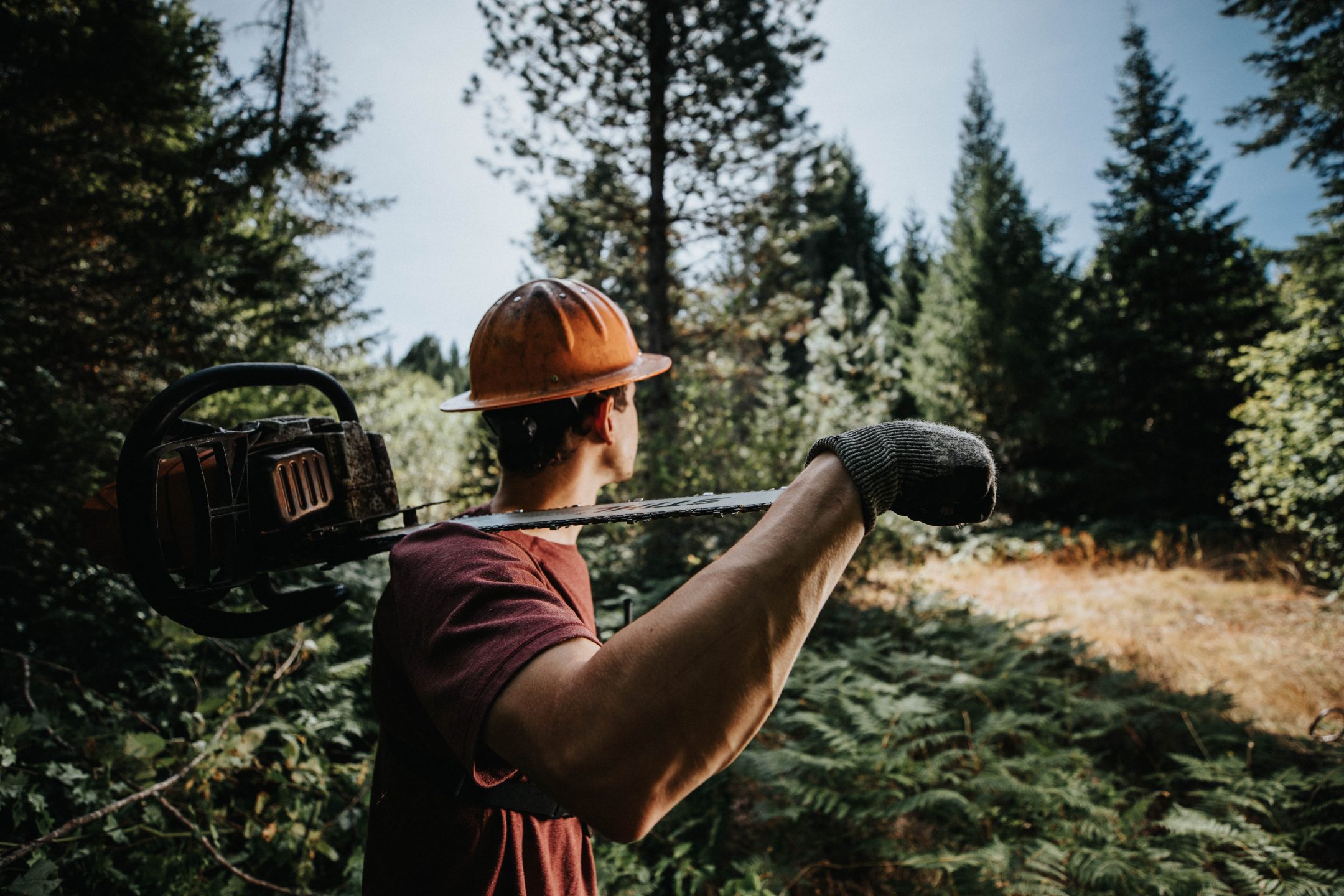
“Every square mile could have a different owner,” says Dr. Elder. “And in the past that’s made for some heated discussions over how to manage this landscape.”
That’s what makes a Wild Salmon Center restoration project here so special. High up in the Rogue River basin, West Fork Evans Creek is home to the Southern Oregon/Northern California Coast Coho (SONCC) salmon population—listed as threatened under the Endangered Species Act—along with Chinook, steelhead, and Pacific lamprey.
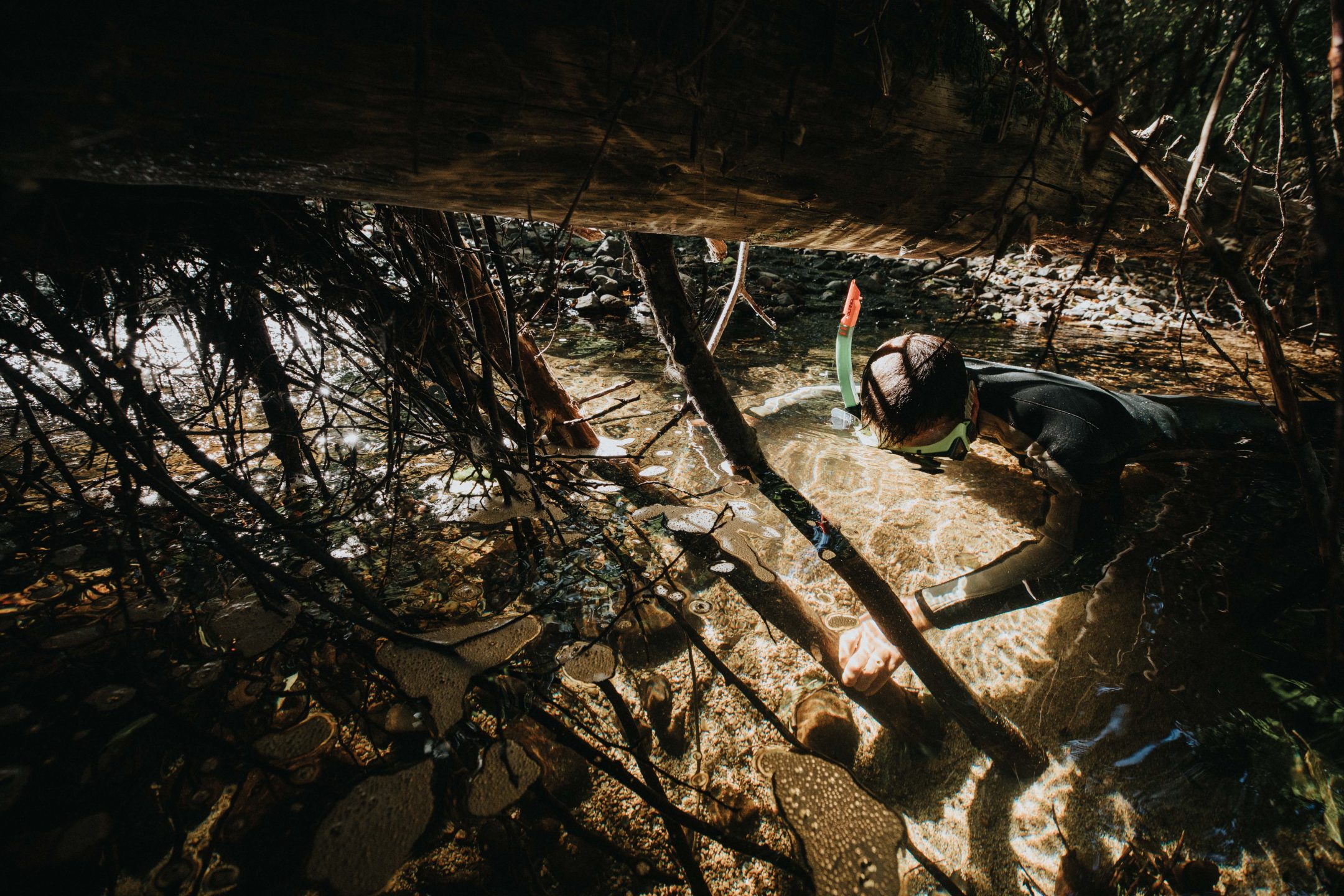
On this key Rogue tributary, wild fish don’t care whether they’re passing BLM land or private property, campgrounds or timberlands. They just want good habitat: cold, clean water, shaded riverbanks, deep pools, plenty of in-stream wood, and spawning gravel.
“For fish, it’s really important to have that connectivity,” says project manager Julie Cymore, a GIS technician and hydrologist with the Applegate Partnership and Watershed Council.
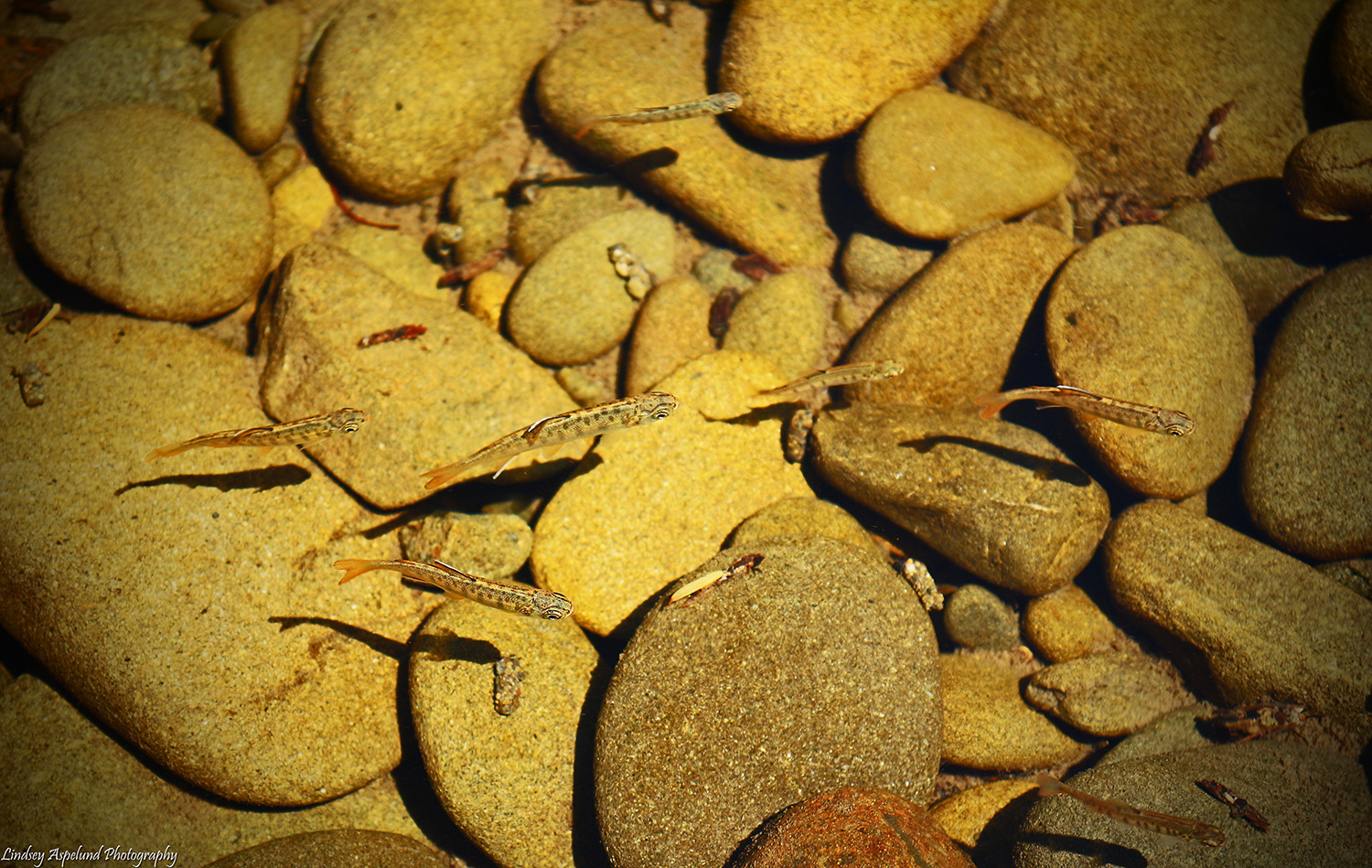
Reconnecting this landscape is a big goal for the WSC-run Coast Coho Partnership, a team of public and private organizations working to recover Oregon’s two coast coho runs in watersheds from the Elk to the Siuslaw, Nehalem, and more. Since 2018, Cymore and Dr. Elder have worked with the federal Bureau of Land Management and private timber companies on a plan to restore a contiguous 11-mile stretch of West Fork Evans Creek, habitat known to be key for spawning and rearing coho.
But first, they’d have to patch together that O&C checkerboard. That meant getting buy-in from three private timber interests: Lone Rock Resources, Olympic Resource Management, and Silver Butte Timber Company. In rural Jackson County, that kind of public/private coordination is rare. But remarkably, Cymore got thumbs-up from everyone.
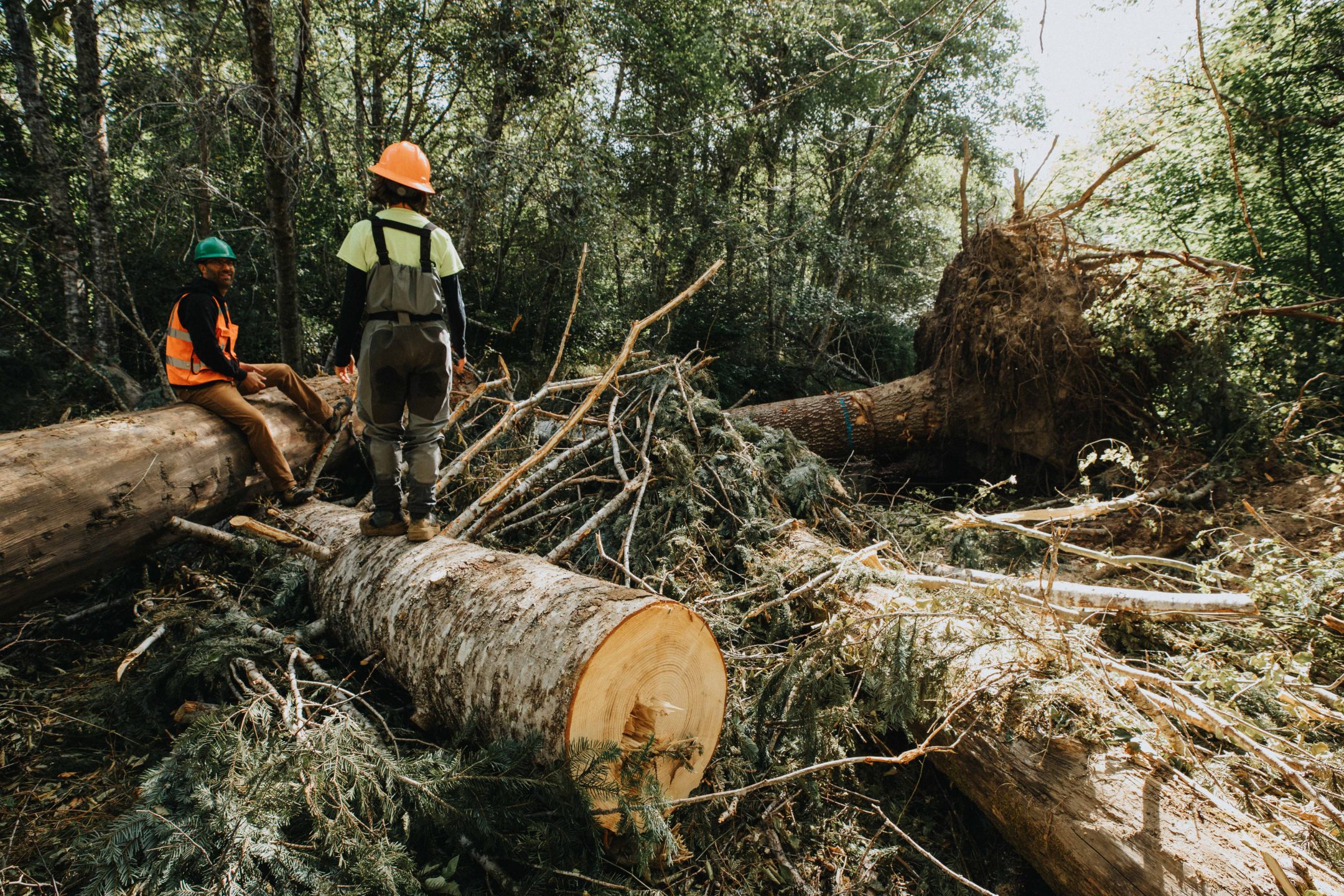
“It’s fairly unusual for this area,” says Cymore. “We’ve worked on similar projects with BLM before, but never one where we partnered with private timber. I was really excited to approach them with the benefits for coho. And they are fantastic partners.”
Increasingly, Cymore and Dr. Elder are seeing a new openness among private landowners to the coho restoration projects they’re proposing: projects that pencil out in the short-term, thanks to state and federal grants, and benefit all parties over the long haul, in improved wildlife habitat, property values, and jobs.
Coho restoration projects pencil out in the short-term, thanks to state and federal grants, and benefit all parties over the long haul, in improved wildlife habitat, property values, and jobs.
Between the West Fork Evans Creek project and Oregon’s landmark timber agreement this summer, they hope it’s a continuing trend: timber interests and conservationists finding common ground in salmon restoration.
“It just makes sense,” she says. “We can all provide different pieces, which actually makes the work really easy.”
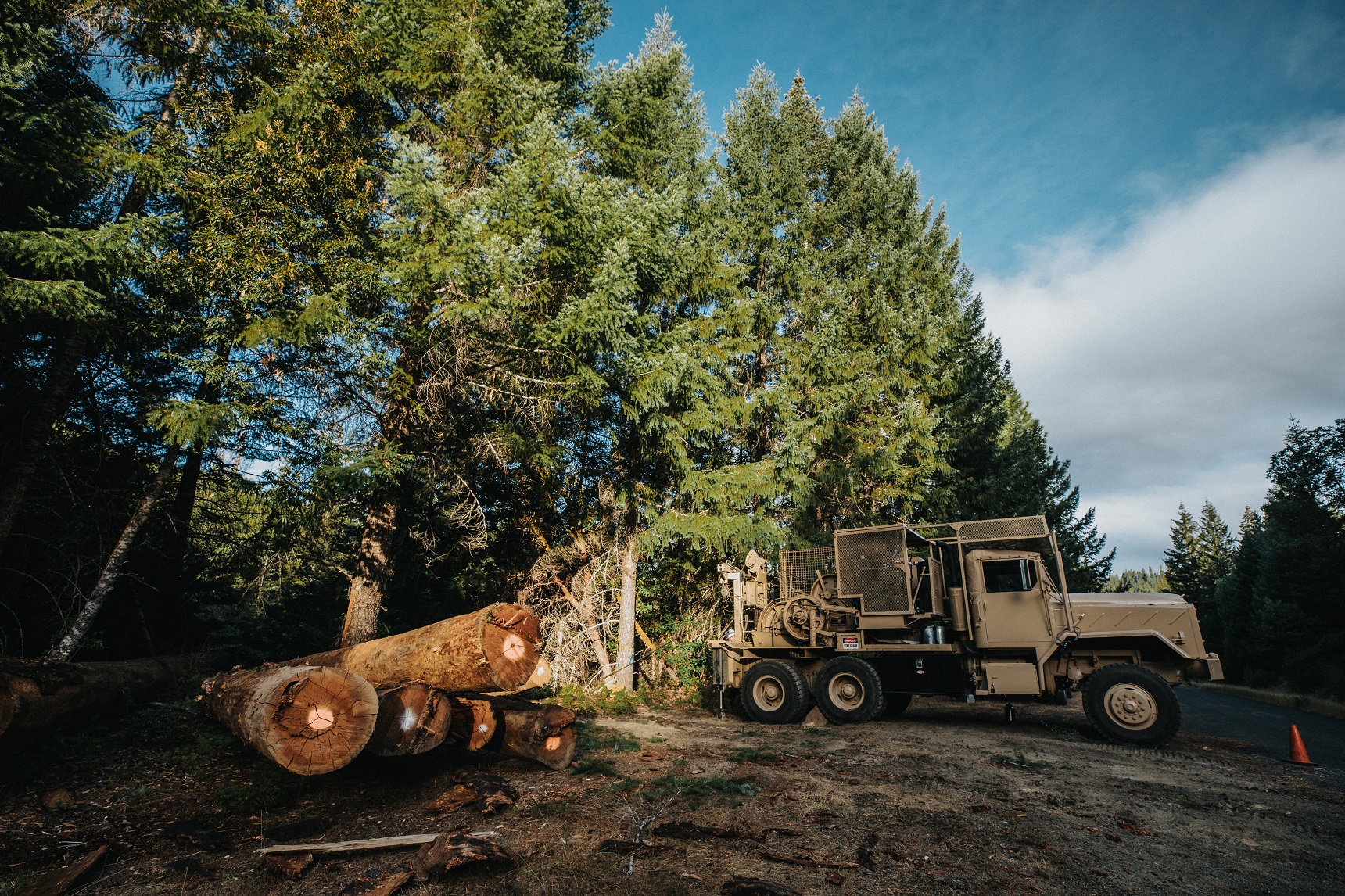
For the West Fork Evans Creek project, WSC and APWC provided logistics, design, and oversight. The timber companies donated onsite trees, saving the project time and money. The BLM, which facilitated design and permitting, also chipped in massive salvage and roadside hazard logs saved from 2018’s wildfires. Grants from NOAA Restoration Center supported the work, with additional funding from BLM and the Oregon Watershed Enhancement Board.
“We can use this project as a model for how to work across those boundaries,” says Cymore.
This summer, the collaboration took shape. From June through October, APWC contracted a five-person crew to manage the careful in-stream placement of hundreds of logs and trees. Local contractor Shorty Villers, owner of Benchwood LLC, brought out his custom-built cable winch truck to haul staged trees by the road and place them directly in the creek.
“Wood helps sort and retain spawning gravel, and it provides habitat for wildlife,” says Cymore. Over time, she explains, the area’s land management practices removed much of the watershed’s large wood, resulting in degraded habitat. “That’s why it’s important for us to get out there and restart that process.”
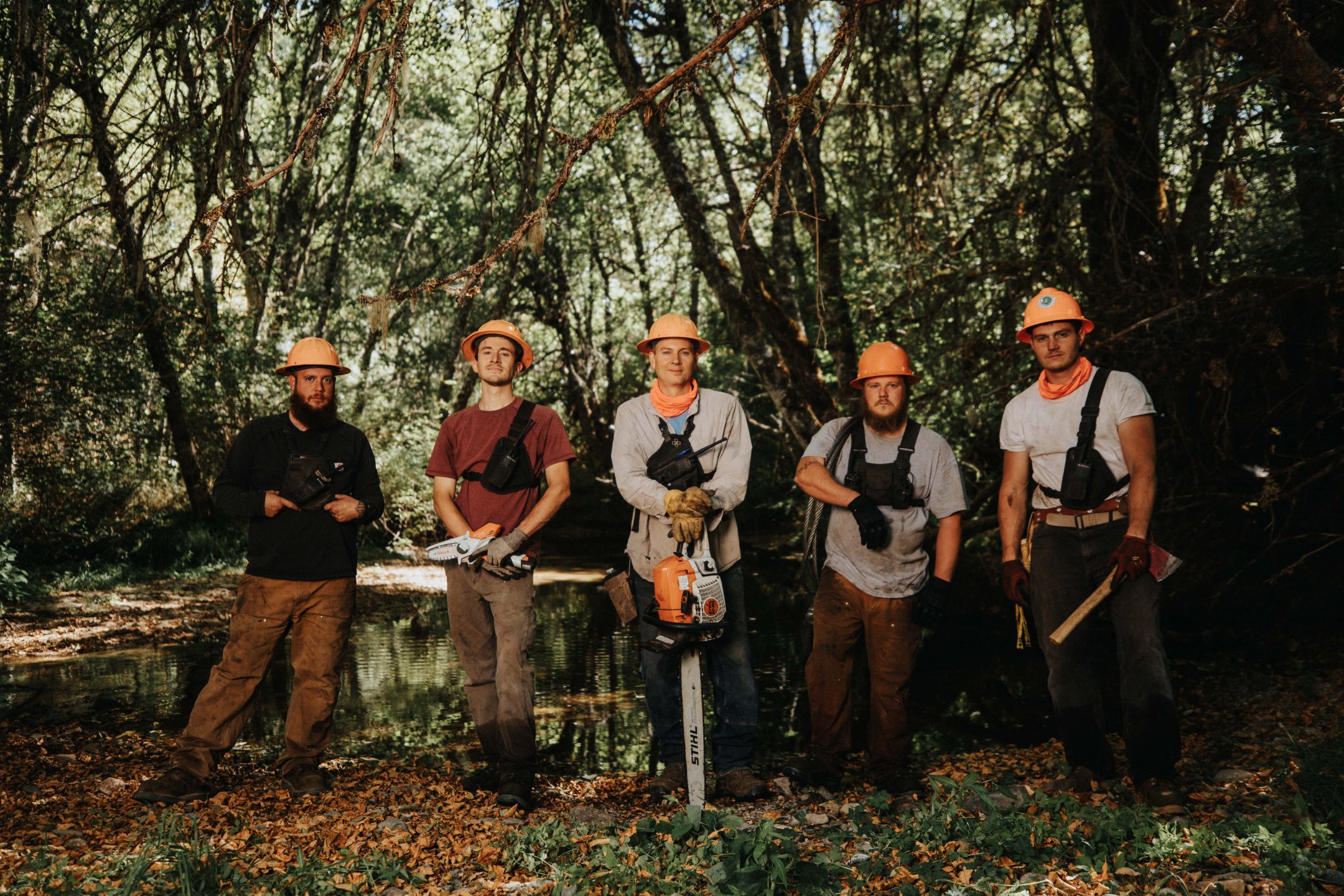
This phase of work on West Fork Evans Creek will likely wrap up in fall 2021, but Cymore and Dr. Elder hope that across Oregon, this sort of collaborative partnership is just getting started. Cymore is already coordinating with Lone Rock on future coho restoration projects in streams adjacent to West Fork Evans Creek.
“We’re finding that balance between high quality habitat for fish and multiple uses for humans,” Cymore says. “We can use this project as a model for how to work across those boundaries.”
At handshake level, after all, you can’t really see that checkerboard. What you see, instead, is a beautiful salmon stream that threads diverse interests together.
At handshake level, you can’t really see that checkerboard. What you see is a beautiful salmon stream that threads diverse interests together.
